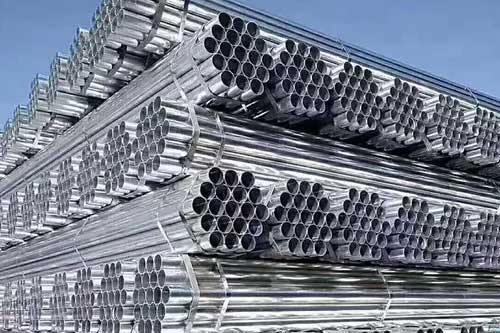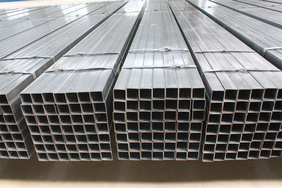This standard is applicable to straight seam electric welded steel pipes and longitudinal submerged arc welding (SAWL) steels for the transportation of low-pressure fluids such as water, air, heating steam and gas.
Pipes and spiral seam submerged arc welding (SAWH) steel pipes, and their different requirements are marked separately, and the unmarked ones are also suitable for straight seam high frequency
Electric welded steel pipe, longitudinal submerged arc welded steel pipe and spiral submerged arc welded steel pipe.
The steel grade and chemical composition (smelting analysis) should conform to the grades Q195, Q215A, Q215B, Q235A, Q235A, and GB/T 700.
Q235B, Q275A, Q275B and GB/T1591 stipulate the grades Q345A and Q345B. According to the request of the buyer, after the agreement between the supplier and the buyer
Supplier, can supply steel pipes of other grades.
The hot-dip galvanized pipe is to make the molten metal react with the iron matrix to produce an alloy layer, so that the matrix and the coating are combined. Hot-dip galvanizing is to pickle the steel pipe first. In order to remove the iron oxide on the surface of the steel pipe, after the pickling, it is cleaned in a tank with ammonium chloride or zinc chloride aqueous solution or a mixed aqueous solution of ammonium chloride and zinc chloride, and then sent to In the hot dip plating tank. Hot-dip galvanizing has the advantages of uniform coating, strong adhesion and long service life. Complicated physical and chemical reactions occur between the steel pipe matrix and the molten plating solution to form a corrosion-resistant zinc-iron alloy layer with a compact structure. The alloy layer is integrated with the pure zinc layer and the steel pipe matrix. Therefore, its corrosion resistance is strong.
1. The uniformity of the galvanized layer: the steel pipe sample shall not turn red (copper-plated color) after being immersed in copper sulfate solution for 5 consecutive times
2. Surface quality: The surface of the galvanized steel pipe should have a complete galvanized layer, and there must be no unplated black spots and bubbles, and small rough surfaces and local zinc tumors are allowed.




